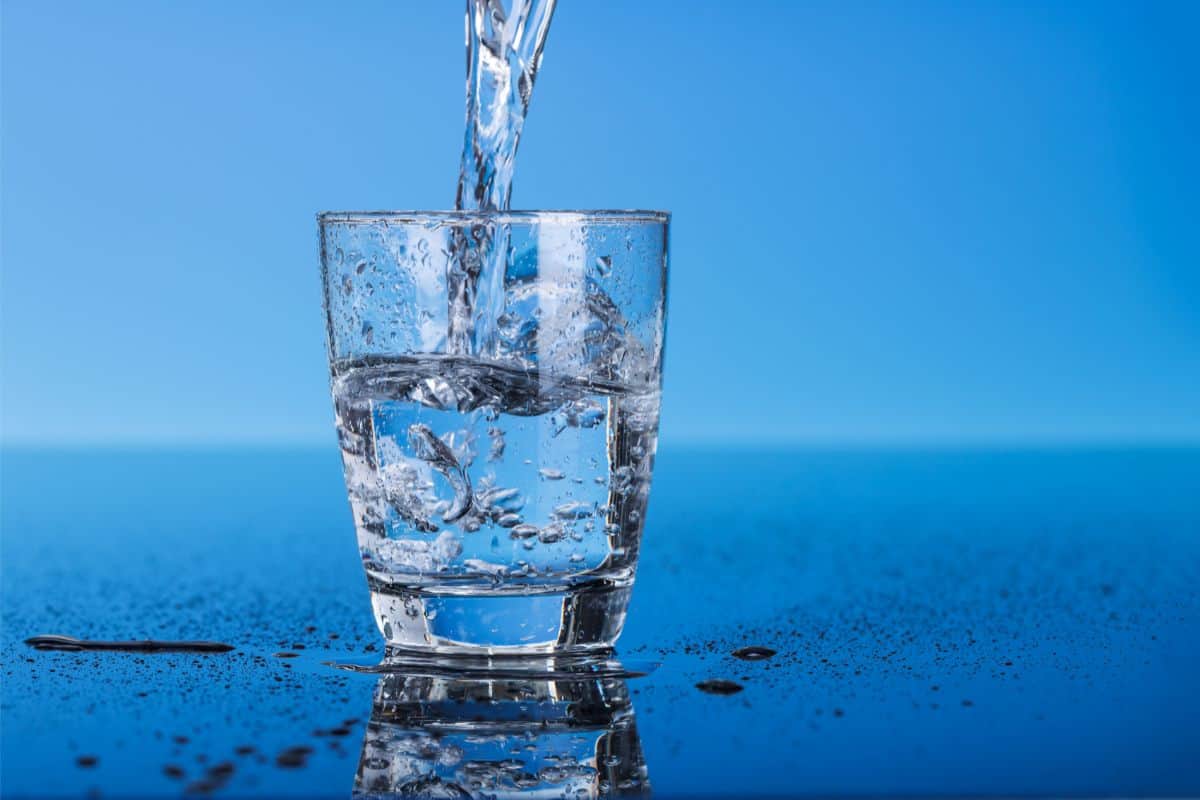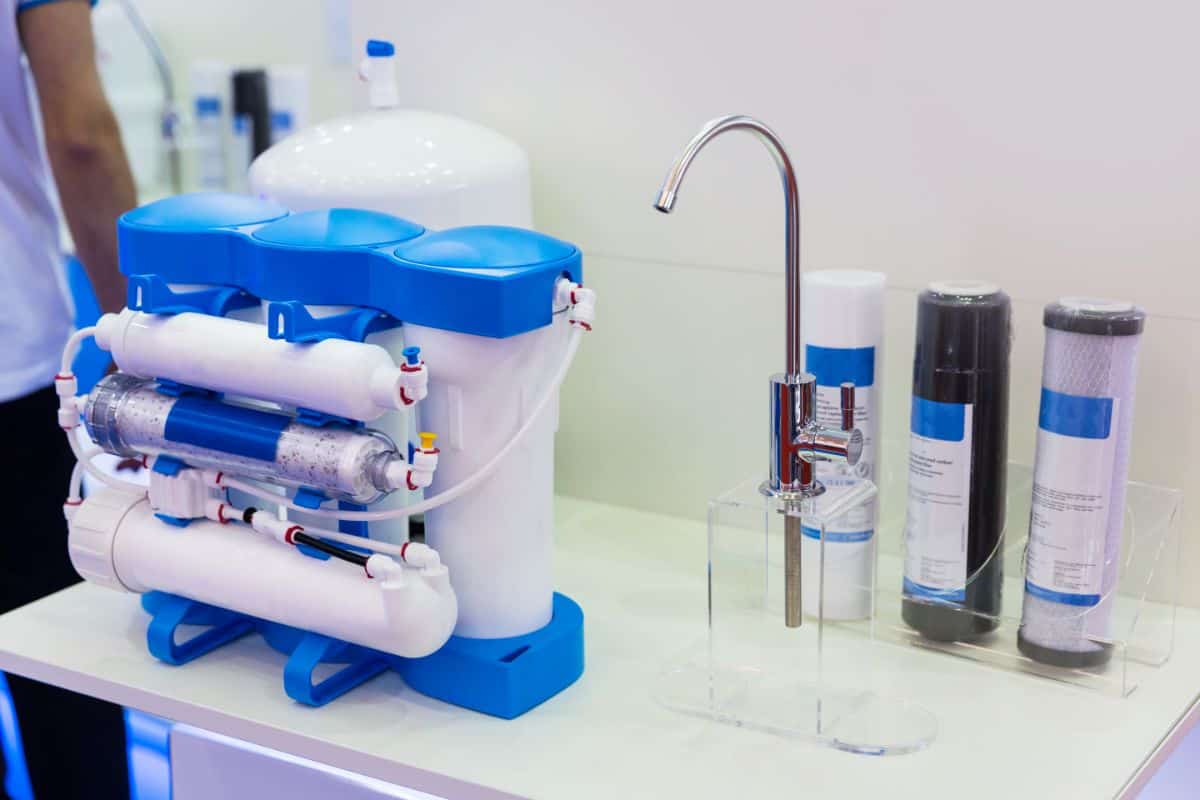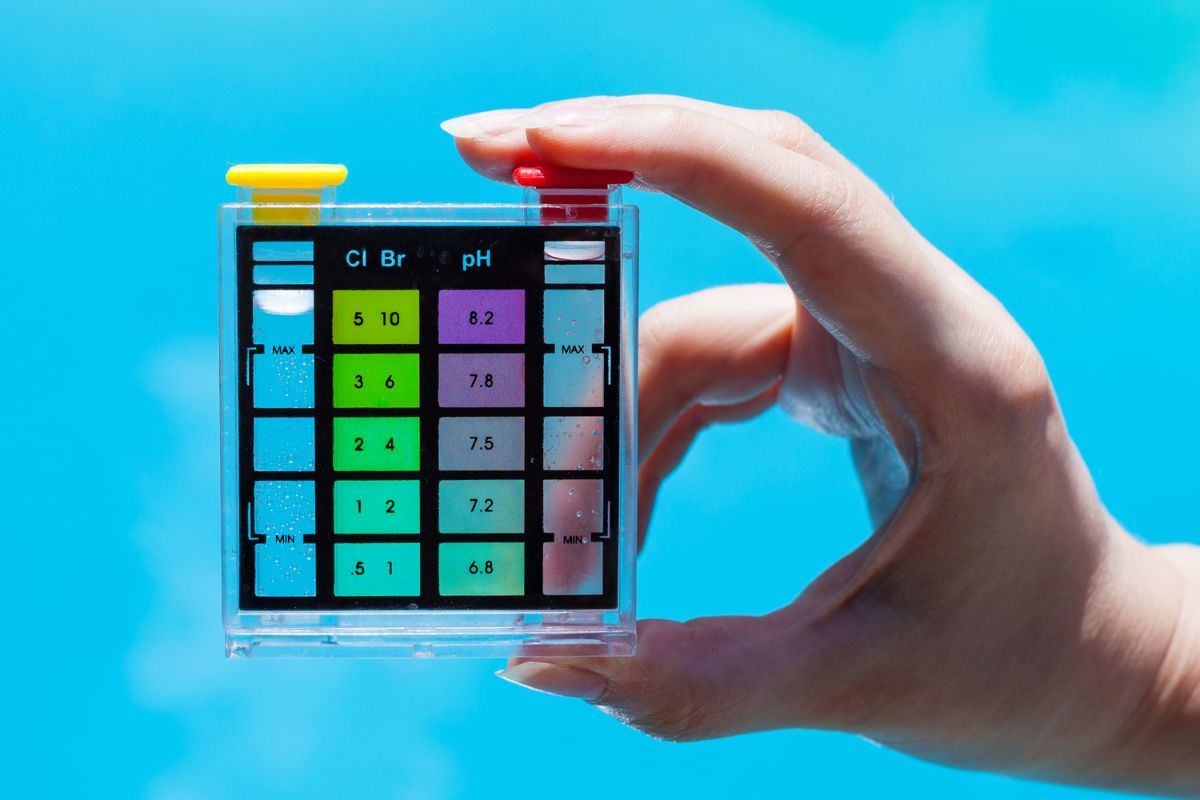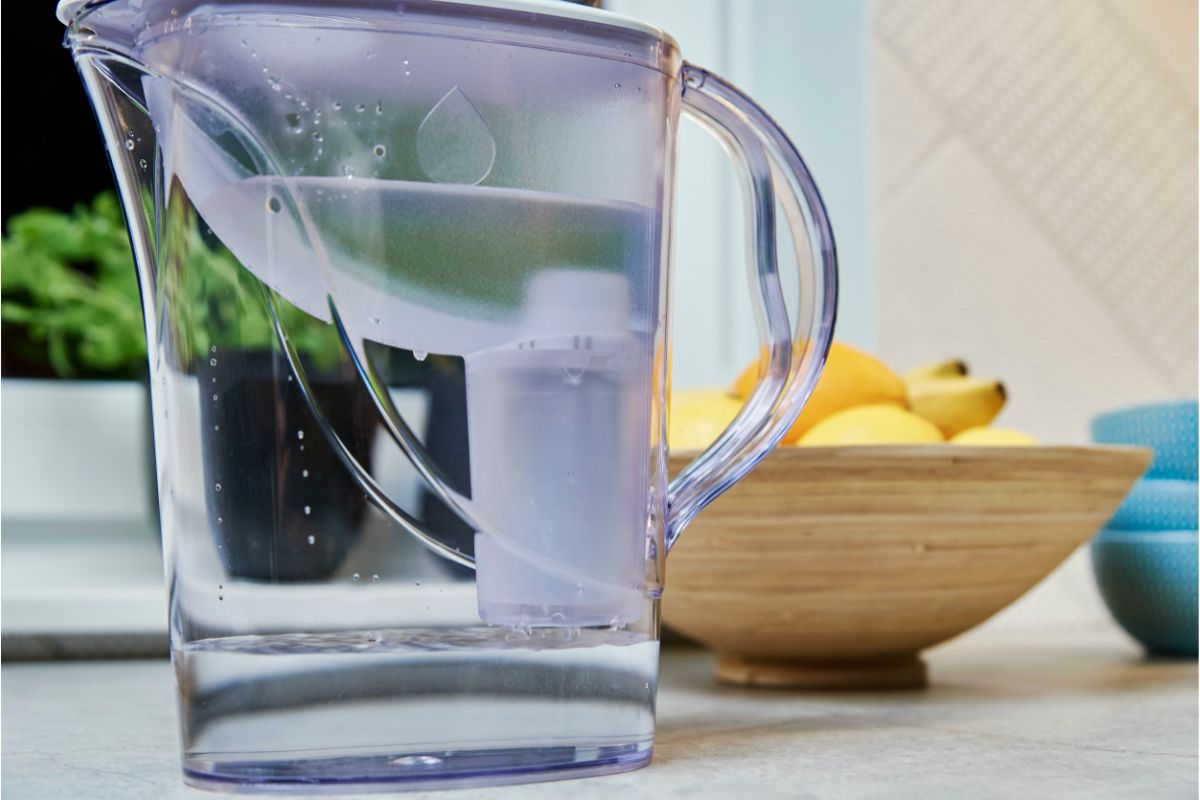Arsenic is well-known for being toxic and lethal to humans. It’s naturally present in groundwater and can make its way into our water.
This makes removing it from water very important as too much arsenic can cause illness.
In this article, we will look at three different methods for removing arsenic from water.
Contents
Does boiling water remove Arsenic?
Boiling water can remove many impurities from water but unfortunately, it doesn’t remove arsenic. This means that boiling water is an ineffective method for removing arsenic from water and that cooking with water that has arsenic in it can also cause problems.
Many foods that are cooked in water such as pasta, rice, and oats absorb water as they cook and that means they can also absorb arsenic.
The threshold for arsenic when cooking is higher than when drinking so a little amount of arsenic in your cooking water will not cause illness.
With drinking water, anything above 10 ppb (parts per billion) is hazardous to health. However, when cooking, 10 to 50 ppb will be safe and it only becomes dangerous above 50 ppb.
Which Cities Have Arsenic In Water?
If you are wondering which cities have the highest concentration of arsenic in water, you’ve come to the right place. If you live in any of these cities, you may want to take some precautions, because arsenic is harmful to your health. It causes various problems including nausea, a rapid heartbeat, and damage to your blood vessels. It also increases your risk of developing certain types of cancer.
Arsenic contamination in water is a serious problem in California, and there are many communities that are particularly vulnerable to it, especially those that are poor, Latino, and African American. One of the communities with the highest levels of arsenic in water is the Valley Teen Ranch, which had water with a concentration 12 times higher than the federal limit. The EPA recommends that you don’t drink water with a concentration of more than 10 parts per billion, since it is toxic. The World Health Organization lists several health risks that come from drinking high levels of arsenic, including bladder cancer and skin lesions.
Some cities are more likely to have higher concentrations of arsenic than others, including New York City and Philadelphia. For example, a high concentration of arsenic in water in New York City’s Jacob Riis Houses has led to health concerns among residents. The Jacob Riis Houses is a six-block stretch of NYCHA apartments. The city is urging residents to avoid drinking water in the area until the problem is addressed.
How to remove Arsenic from water
There are several ways to remove arsenic from water. The best method will depend on your situation and the source of the water.
The forms of Arsenic
Before we talk about removal methods, however, we need to discuss arsenic itself. It can be present in water in different forms, with the two most common inorganic forms being arsenic III (As3) and arsenic V (As5.) As3 is more soluble in water and this makes it the more toxic form of the two.
If you have As3 in your water, the first step will be to convert it to As5 as this will make removing it far easier and more effective. As3 is most commonly converted to As5 using oxidation by chlorine.
Now let’s look at methods of removing arsenic.
Ion exchange
This method is commonly used to eliminate unwanted elements and contamination in water. It is also effective at softening water in hard water areas, too.
Ion exchange uses an anion exchange resin to filter out inorganic arsenic.
This works by putting water under pressure so that it passes through multiple layers of resin beads. The beads exchange ions present in the contaminants with ions that aren’t toxic.
When the beads become saturated with the contaminants, brine water washes them out and cleans the beads ready for more contaminants.
Ion exchange systems are more effective at removing As5 contaminated water than As3. They’re not very effective with alkaline water, however, so this is not the best system to choose for well water.
They can get clogged up by sediments so you will need another filtration system to remove any particles in the water.
Many ion exchange systems are whole-house systems, so they can treat the water throughout your house. They’re also effective at removing other contaminants too.
They’re low maintenance and only require that the chemicals used in the brine water (either salt or chlorine) are topped up when needed.
Reverse Osmosis
Reverse osmosis systems work by pushing pressurized water through a membrane that is semi-permeable.
As the water is pushed through, a variety of contaminants such as arsenic, sodium, copper, chlorine, and lead are removed.
Unlike ion exchange systems, reverse osmosis is a point-of-use system. This means that your reverse osmosis system will be attached to an individual faucet so that you can have filtered water for your drinking and cooking.
This process means that your filtration will be a little slow and will only produce around two to three ounces of water per minute.
However, many reverse osmosis systems also have a storage tank so you can get water when you need it.
This system is best at removing As5, so if you have As3 in your water you will need to convert it to As5 first.
Point-of-entry systems such as reverse osmosis work well with well water and are popular ways of removing arsenic from the water before it enters a home.
Reverse osmosis systems that attach to a faucet are relatively cheap compared to other systems.
However, if you’re looking to install a reverse osmosis system outside the house to prevent arsenic-laden water from entering your pipes at all, this can be more costly.
Distillation
The process of distillation works by heating water. It then collects the steam produced by the water and then cools this back down to a liquid state. This evaporated water is then collected.
The contaminants in water have a higher boiling point than the water itself, so this means that when the water is boiled, the contaminants remain behind.
Distillation is an effective method for removing minerals and metals such as arsenic, mercury, and lead.
Distillation isn’t as convenient as either ion exchange or reverse osmosis, however. Distillers are countertop appliances and systems that you have to manually fill with water when you need it.
This means that you get less water and they’re primarily used to prepare water for drinking or cooking.
Distillers are very effective at removing impurities from water. However, they are more costly systems to operate than either ion exchange or reverse osmosis ones.
You will need a heated power source to boil the water and this makes them less environmentally friendly, also.
They need regular maintenance to clean out the contaminant minerals that collect in the boiling chamber as these will accumulate and reduce the performance.
How do I test water for Arsenic?
The easiest way to do this is with an arsenic test kit. They have everything you need to test your water and can deliver quick and easy results in under 15 minutes.
The tests can’t differentiate between As3 and As5, but they will be able to measure the levels of arsine gas in your water.
Final thoughts
There are three main methods for removing arsenic from water. The best method depends on your budget and circumstances.











